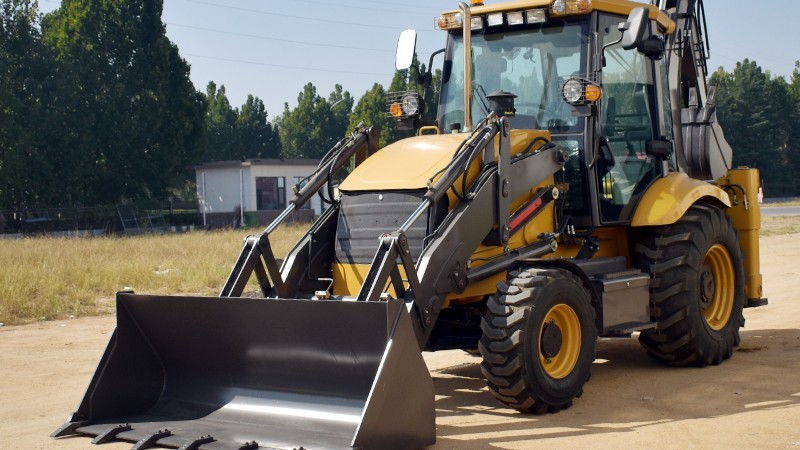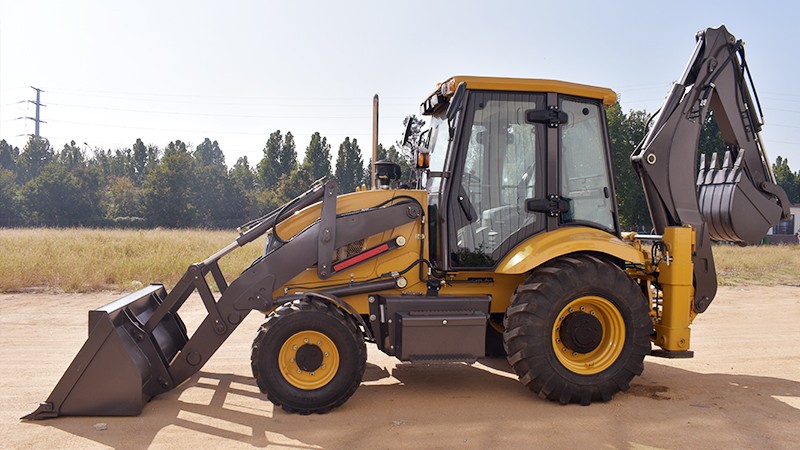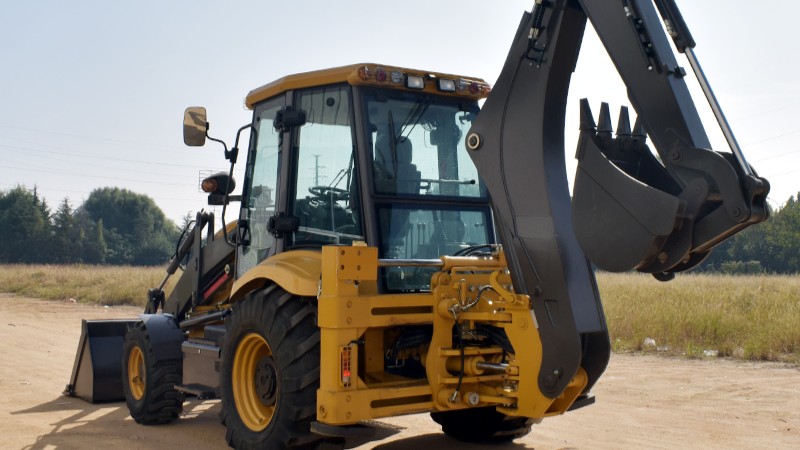The backhoe loader stands as an undisputed icon on construction sites, farms, and municipal projects worldwide, renowned for its unique combination of versatility, durability, and straightforward operation. At its core, it is a simple yet profoundly effective piece of machinery, essentially a tractor vehicle with a dual-personality. On one end, it features a large, hydraulically powered shovel or bucket, known as the loader, mounted on the front. On the opposite end, it boasts a articulated arm with a digging bucket, the eponymous backhoe. This fundamental design allows a single machine and operator to perform a vast range of tasks that would otherwise require two or more specialized pieces of equipment. The primary use of a backhoe loader is to serve as a multi-tool for earthmoving and material handling. It is the go-to solution for digging excavations, trenching for utilities, loading and unloading materials like dirt, gravel, sand, and debris, backfilling trenches, and performing a host of landscaping and site preparation duties. Its relatively compact size compared to larger excavators and wheel loaders grants it exceptional maneuverability in confined spaces, such as urban job sites, residential properties, and within farmyards, where its ability to pivot and work in tight quarters is invaluable. The machine's design philosophy is centered on maximizing productivity while minimizing operational costs, making it an indispensable asset for small to medium-sized contracting businesses, municipal public works departments, and agricultural enterprises. Its ubiquity is a testament to its practical design, which has remained conceptually consistent for decades while integrating modern technological advancements in hydraulics, operator comfort, and efficiency.
The loader end of the machine is a powerhouse of productivity, dedicated primarily to material handling and site management tasks. The primary function of the front-end loader is to scoop, lift, carry, and dump a wide variety of materials. The operator uses hydraulic controls to lower the bucket, drive into a pile of material (a process known as "loading the bucket"), then lift and tilt the bucket to transport its contents. This function is critical for tasks such as backfilling trenches after pipes have been laid, moving bulk materials like gravel or topsoil from one location to another, loading trucks for haulaway, and clearing construction sites of rubble and debris. Furthermore, the loader bucket can be used as a crude but effective bulldozer or grader for leveling ground, spreading material evenly over a surface, or pushing small piles of dirt. With a variety of quick-attach compatible accessories, the loader's functionality expands exponentially. Forks can be mounted to lift and move pallets of bricks, blocks, or other supplies; a snowplow blade transforms the machine into a potent snow-clearing vehicle for municipalities and large properties; and specialized grapples can be used for handling loose brush and logs. This versatility makes the loader component not just a tool for digging, but a multi-purpose material handling arm that significantly enhances the machine's overall utility and justifies its presence on virtually any job site requiring physical manipulation of materials.
The eponymous backhoe, mounted on the rear of the machine, is its excavation specialist, designed for precision digging and powerful earth-breaking. This articulated arm, consisting of a boom, dipper stick, and bucket, replicates the motion and function of a human arm, but with immense hydraulic force. Its primary functions are digging trenches for foundations, water lines, sewer pipes, and electrical conduits; excavating foundations for buildings; digging holes for retaining walls, signposts, and trees; and breaking through hard, compacted surfaces. The backhoe's power is derived from its robust hydraulic system, which allows the operator to apply tremendous force at the bucket's teeth to break through tough soil, clay, and even fractured rock. One of the key advantages of the backhoe is its ability to dig vertically sided, precise trenches, which is essential for proper pipe laying and foundation work. The operator can sit in the cab and maneuver the bucket with a high degree of accuracy, minimizing the need for subsequent manual labor to clean or reshape the excavation. The backhoe's reach and dig depth, which vary by model, allow it to handle everything from shallow utility lines to more significant excavations. For enhanced versatility, the backhoe can also be fitted with various attachments, including hydraulic breakers (or "hammers") for demolishing concrete, compactors for tamping down soil in trenches, and augers for drilling deep, narrow holes for fences or piers. This transforms the backhoe from a simple digging tool into a comprehensive site-preparation and light-demolition system.
Beyond the primary functions of its two main components, the backhoe loader's overall design incorporates features that solidify its role as a complete, self-contained work platform. Its mobility is a critical advantage; being a rubber-tired vehicle, it can travel at relatively high speeds (typically up to 25-30 mph) on roads between job sites or across large project areas without requiring a transport trailer, a significant logistical and cost benefit over tracked equipment. The central, robust tractor unit provides a stable platform for both loading and digging operations, and often features a four-wheel-drive system for traction in muddy or uneven terrain. Furthermore, the machine serves as a powerful hydraulic power source. Most backhoe loaders are equipped with auxiliary hydraulic circuits, both on the front loader and the rear backhoe, allowing for the easy connection and operation of the numerous powered attachments mentioned previously. This transforms the machine from a mere digger-and-loader into a true multi-tool capable of tackling a staggering array of specialized tasks throughout the year. From a financial and operational perspective, owning one backhoe loader that can perform the work of several machines is far more efficient for many businesses, reducing capital expenditure, maintenance costs, and the need for multiple trained operators. This combination of mechanical versatility, operational independence, and economic efficiency ensures that the backhoe loader will remain a fundamental and irreplaceable asset in the global toolkit of construction, agriculture, and infrastructure maintenance for the foreseeable future.
Post time:Oct.08.2025



